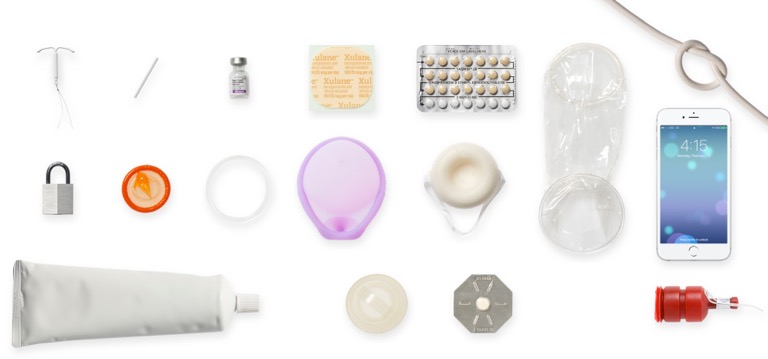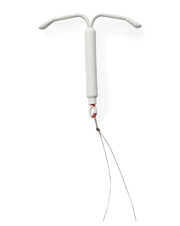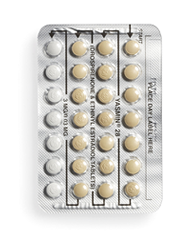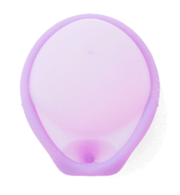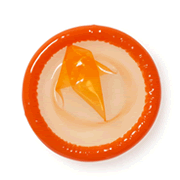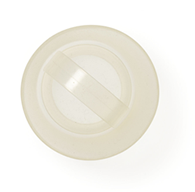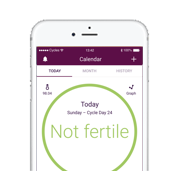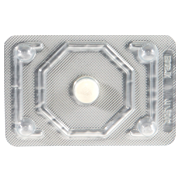Gold-Standard Birth Control: The IUD and the Implant

More research shows long-acting reversible methods to be... freakin' awesome, basically.
In terms of effectiveness, not all birth control methods are created equal. And if there was any doubt as to which methods stand out in that arena, an article by the folks behind the Contraceptive CHOICE Project (published in the New England Journal of Medicine) should put it to rest.
The Contraceptive CHOICE Project, a groundbreaking initiative by researchers at Washington University in St. Louis, offered women in the St. Louis region access to any kind of birth control they wanted for free (swoon, right? Remember, The Right Time health centers offer free or low-cost birth control to those who need it), then looked at what method(s) the participants chose and how well their choices worked for them. The researchers found that when cost and lack of information aren’t an issue, women are way more likely to choose a super-effective method of birth control like the IUD or the implant—in fact, 75% of the project’s participants chose one of those methods. This is great news since the researchers also found that those methods are way less likely to fail than other methods. Intrigued yet? Make an appointment to talk about how you could get the IUD and the implant for free or a low cost with a provider at your closest The Right Time health center, and in the meantime, let us tell you more:
Participants using the pill, the patch, or the ring were 20 times more likely to get pregnant than participants using the IUD, the implant, or the shot. About one in 11 pill, patch, and ring users got accidentally pregnant during the study; fewer than 1 in 100 IUD and implant users got pregnant during that time.*
Younger women (those under 21) were much more likely to have trouble using the pill, the patch, or the ring effectively. They were almost twice as likely to get pregnant while using those methods compared to their 21-and-over counterparts.
Study participants were a selected group (not a randomized trial). That said, they were a large group (to the tune of 7,486), and diverse.
The shot was found to work just as well as the implant and the IUD, but the researchers only counted people who used it consistently, so their rates represent perfect use rather than typical.
The bottom line? Methods like the implant and the IUD are special because they’re so, so low-maintenance. Women who use them are much more likely to stick with them than with higher-maintenance methods like the pill, the patch, and the ring. They require a little more effort up front—a visit to the health care provider and possibly a higher initial cost—but, for most women, the long-term benefit is well worth it.
We think senior study author Jeffrey Peipert, MD, said it best: “If there were a drug for cancer, heart disease or diabetes that was 20 times more effective, we would recommend it first.” Hopefully, health care providers will take the cue, but in the meantime, you can take the initiative by learning more about the implant and the IUD and talking to your provider at your nearest The Right Time health center about your options.
Updated June 2019
Related Content

Article
What Should I Do After I Get Diagnosed with an STI?Getting an STI doesn’t change who you are.

Article
How Can I Take Care of My Breast Health?Keeping up with routine preventative health visits can help catch any changes early.

Article
What Do I Do if I Forget to Take My Birth Control Pill?Here’s what you need to know to stay protected.

Article
September Is National Sexual Health Month — Here’s Why It MattersTaking care of your sexual health can look different for everyone.


